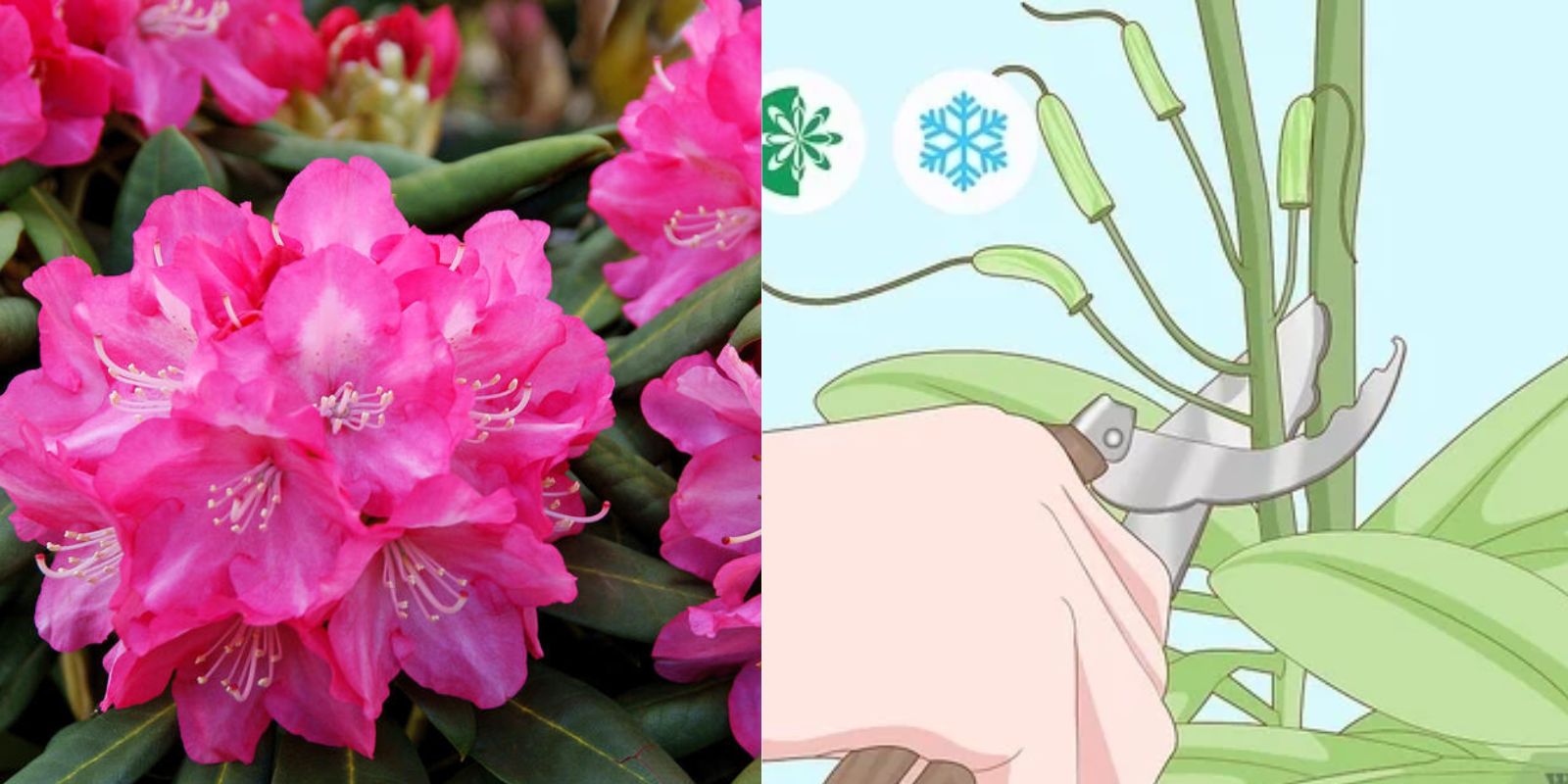Rhododendrons are a beloved choice for many gardens, known for their stunning blooms and lush foliage. Proper pruning is essential for maintaining the health and appearance of these plants, ensuring they continue to thrive and produce vibrant flowers year after year. In this comprehensive guide, we’ll explore the best practices for pruning rhododendrons, from timing and techniques to tips for achieving optimal growth.
Understanding the Importance of Pruning
Pruning rhododendrons is more than just a cosmetic task; it plays a crucial role in:
- Promoting Healthy Growth: Regular pruning removes dead or diseased wood, which helps prevent the spread of disease and encourages new, healthy growth.
- Enhancing Flower Production: By thinning out overcrowded branches and shaping the plant, you improve light and air circulation, leading to more abundant and vibrant blooms.
- Maintaining Plant Shape: Pruning helps maintain a balanced and attractive shape, preventing the plant from becoming overgrown or unruly.
- Extending Plant Life: Proper pruning ensures that rhododendrons remain healthy and vigorous, potentially extending their lifespan and enhancing their overall beauty.
When to Prune Rhododendrons
Timing is Crucial: The best time to prune rhododendrons is just after they have finished blooming, typically in late spring or early summer. Pruning during this period allows you to avoid cutting off next year’s flower buds, which form shortly after the flowering season.
Avoid Winter Pruning: Pruning during the winter months can stress the plant and make it more susceptible to cold damage. Additionally, it can be challenging to assess the plant’s structure and health when it is dormant.
Essential Pruning Techniques
1. Remove Dead and Diseased Wood:
- Inspect the Plant: Begin by closely examining the rhododendron for any dead, damaged, or diseased branches. These can often be identified by their brittle texture, discolored leaves, or signs of decay.
- Make Clean Cuts: Use sharp pruning shears or loppers to make clean cuts at the base of the affected branches. Avoid leaving stubs, as these can be entry points for pests and diseases.
2. Thin Out Overcrowded Areas:
- Identify Overcrowded Branches: Look for areas where branches are growing too close together or where the plant appears dense and unbalanced.
- Select and Remove: Choose some of the older, inner branches to remove. This helps to open up the plant, improve light penetration, and allow for better air circulation.
3. Shape the Plant:
- Trim the Tips: To shape the rhododendron and encourage a fuller, bushier appearance, trim the tips of the branches. This helps to create a more balanced and aesthetically pleasing form.
- Maintain Natural Shape: Avoid cutting too much, which can lead to an unnatural appearance and reduced flowering. Aim to enhance the plant’s natural shape rather than drastically altering it.
4. Avoid Heavy Pruning:
- Be Cautious: Over-pruning can weaken the plant and reduce its ability to produce flowers. Aim to remove no more than one-third of the plant’s overall growth in a single year.
- Focus on Health: Prioritize removing diseased or damaged wood and thinning out excess growth, rather than making extensive cuts for shaping.
Additional Tips for Successful Pruning
1. Use the Right Tools:
- Invest in Quality Tools: Sharp, clean pruning shears and loppers are essential for making precise cuts and preventing damage to the plant. Ensure that your tools are well-maintained and disinfected to prevent the spread of disease.
2. Make Pruning a Regular Task:
- Establish a Routine: Incorporate pruning into your annual garden maintenance routine. Regular, light pruning will keep your rhododendrons healthy and reduce the need for heavy pruning.
3. Monitor Plant Health:
- Observe Changes: After pruning, keep an eye on the plant’s health and growth. Look for signs of stress or disease and take appropriate action if needed.
4. Consider Professional Help:
- Consult an Expert: If you are unsure about pruning techniques or dealing with a particularly large or complex rhododendron, consider consulting with a professional landscaper or arborist for guidance.
5. Mulch and Water:
- Support Growth: After pruning, apply a layer of mulch around the base of the plant to retain moisture and suppress weeds. Regular watering is also essential to support new growth and overall plant health.
Conclusion: Embrace the Art of Pruning
Pruning rhododendrons is a rewarding practice that enhances the health and beauty of these elegant plants. By understanding the best time to prune, employing proper techniques, and following essential care tips, you can ensure that your rhododendrons continue to thrive and produce stunning blooms.
Embrace the art of pruning to enjoy a lush, vibrant garden filled with beautifully shaped rhododendrons. With regular attention and thoughtful pruning practices, your rhododendrons will flourish, providing a delightful display of color and texture in your outdoor space. 🌸

